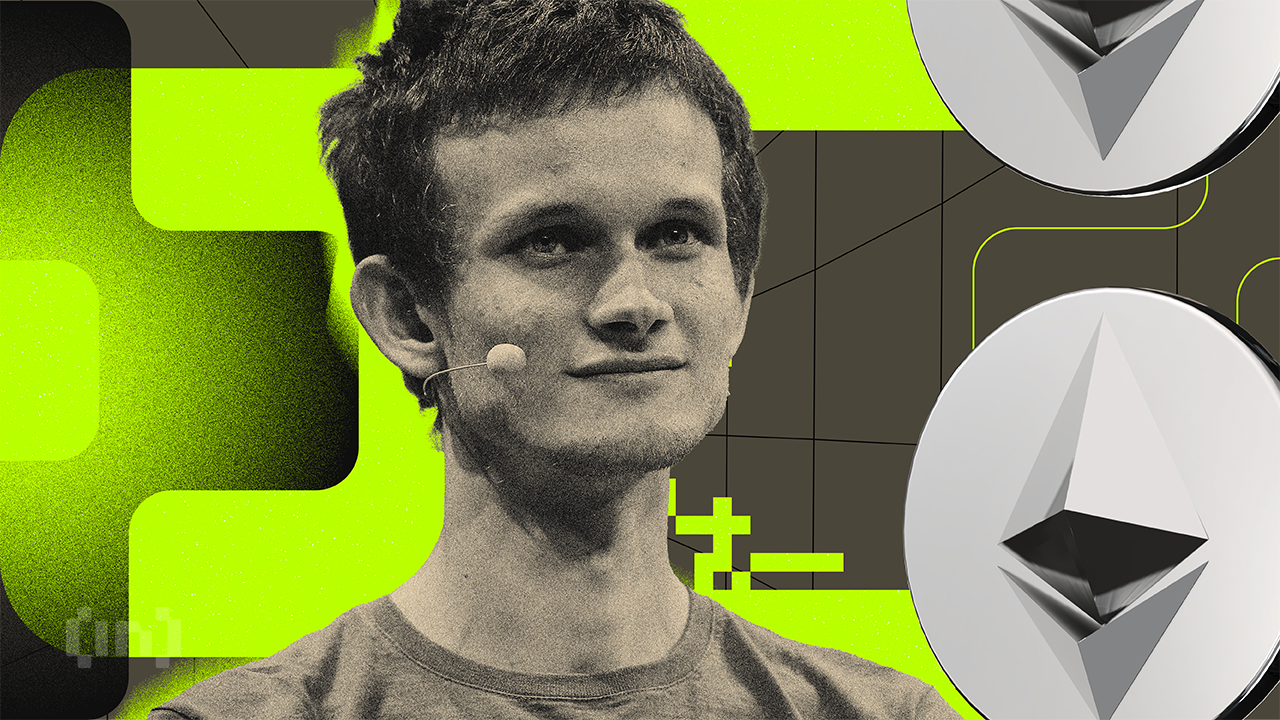
Vitalik Buterin Stresses Urgency of Quantum Security for Ethereum
As the world of technology pushes boundaries, Ethereum’s co-founder Vitalik Buterin has highlighted quantum resistance as a crucial focus for the blockchain network. Speaking at the Devconnect conference in Buenos Aires, he emphasized the urgent need for upgrading cryptographic systems to address risks associated with quantum computing advances—threats that could render current encryption methods obsolete by as early as 2028.
Why Quantum Computing Poses Risks for Blockchain
Quantum computing has long been recognized as a potential disruptor of traditional cryptographic methods. Companies like Google and IBM have accelerated progress in this field, with Google recently announcing the first verifiable application of a quantum algorithm capable of surpassing supercomputers. Dubbed the Out-of-Order Time Correlator (OTOC) algorithm, this breakthrough underscores the rapid evolution of quantum technology. IBM, likewise, is on track to launch the IBM Quantum Starling, its first large-scale fault-tolerant quantum computer, projected for delivery in 2029.
While initially perceived as a distant possibility, the timeline for quantum disruption has significantly compressed. Forecasting platform Metaculus estimates workable quantum computers could factor RSA encryption systems as early as 2034, compared to earlier predictions of 2050 and beyond. Some experts believe the impact could be felt as early as 2028–2033. This accelerated timeline puts blockchain projects, including Ethereum, under pressure to future-proof their cryptographic systems.
Ethereum’s Plan for Quantum Resistance
Ethereum has laid out a robust roadmap to prepare its network for a post-quantum era. The plan aligns with “Lean Ethereum,” a framework prioritizing simplicity, security, and efficiency. Key objectives on Ethereum’s quantum-resistant roadmap include:
- Post-Quantum Cryptography: Upgrading the blockchain infrastructure to adopt quantum-resistant algorithms.
- zk-Friendly Enhancements: Introducing zk-friendly virtual machines (VMs) and hash functions like Poseidon to improve scalability and privacy.
- Increased Scalability: Enhancing blockchain throughput via proposals such as EIP-7732, gas limit increases, and parallel processing capabilities by 2025-2026.
- Censorship Resistance: Strengthening decentralization and implementing enhanced account abstraction to safeguard user autonomy by 2026-2027.
Vitalik Buterin underscored that proactive efforts to ensure “quantum resistance everywhere” will be pivotal for Ethereum and the broader blockchain ecosystem in maintaining a secure and efficient network long-term.
The Role of Quantum Security in Blockchain Adoption
Quantum security is inching closer to becoming a non-negotiable baseline for blockchain adoption in finance, healthcare, and other industries. As quantum computing capabilities grow, blockchain networks lacking adequate protection could face unprecedented vulnerabilities. Ethereum’s early push to address quantum risks serves as a model for innovation and resilience in a rapidly evolving technological landscape.
Recommended Product: Ledger Nano X
To safeguard your crypto holdings from potential vulnerabilities, consider a reliable hardware wallet like the Ledger Nano X. This device ensures your private keys remain secure, even in a quantum-threatened future. Its state-of-the-art encryption and offline functionality make it a must-have tool for crypto enthusiasts preparing for the road ahead.
Stay informed, proactive, and ready as advancements in quantum technology reshape the digital frontier.



